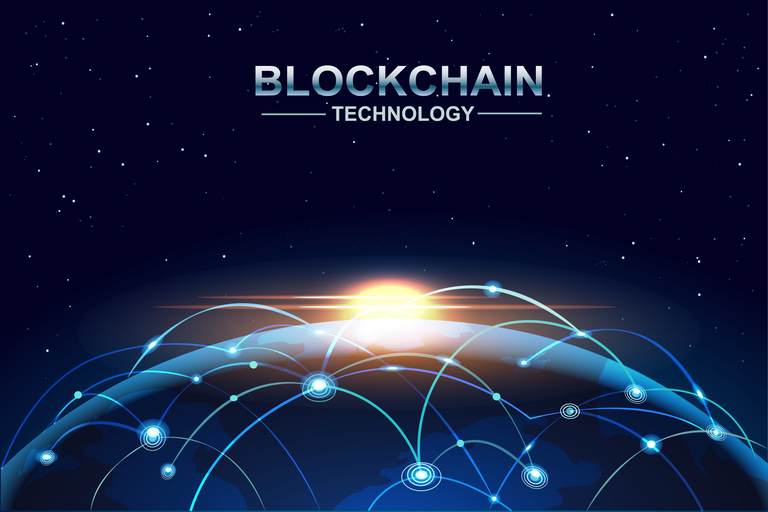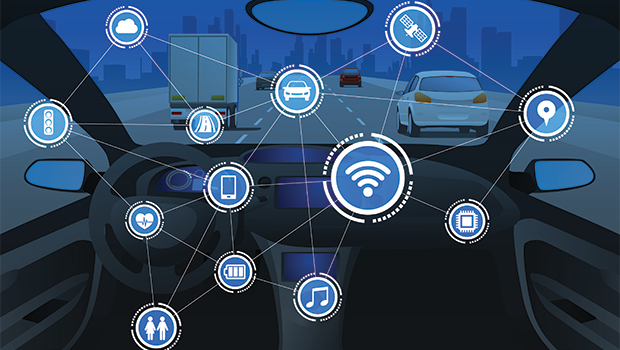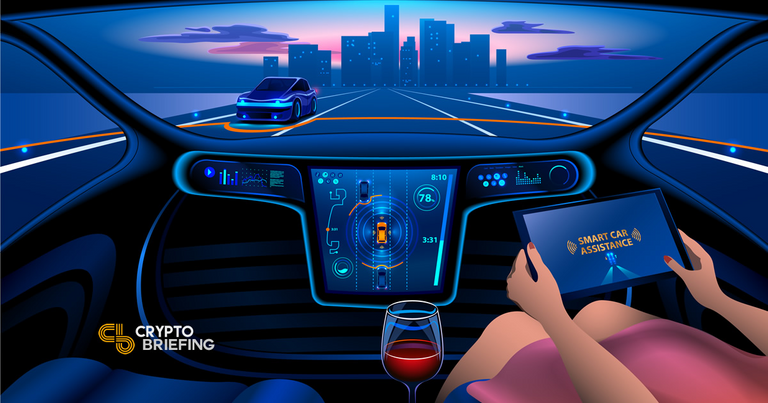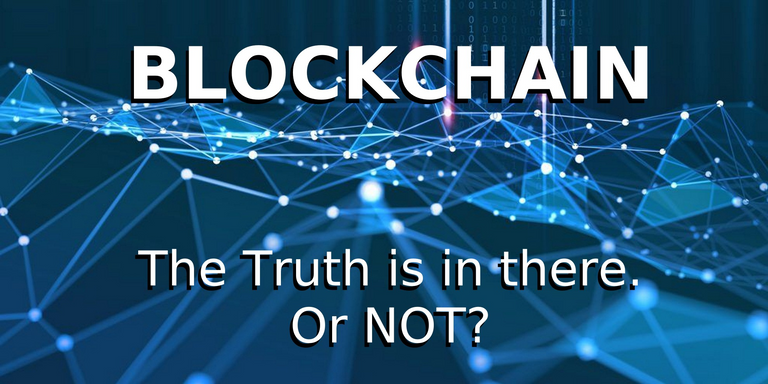Blockchain in Real Life
The Internet of Things, blockchain innovation, and the fifth era are generally progressive developments that can be counted on for some advancements in different organizations, including the auto industry and everything.
Industry and Internet of Things:
By 2030, 90% of all new vehicles will be connected to the Internet of Things.
The rapid development of the Internet of Things in the mechanical field can be attributed to developing government activities, the desire to create enthusiastic urban societies and smart frameworks, and to reduce flows of ozone-depleting substances.
Organizations are making constant attempts to bring ready-made blockchain innovations, with the goal of contracting spending plans largely due to the latest highlights.
Overall, the Internet of Things has a lot to add to this industry.
It will bolster the network, converting production lines into smart tools and equipping self-driving vehicles.
The pathway to linked product lines is the ability to capture continuous correct information and supplement information about their current conditions.
This means relying on the latest innovations based on sensors, high-aim cameras, radar, etc.
Materials within a centimeter range up to 120 meters must be specified.
The information generated by the engine sensor can assist in presenting the information to the workers and obtaining item data, estimated times, failure reports, etc. So alerts about street conditions or driving hazards can help determine the most efficient route.

In-car application:
The innovation of the internal sensor is equally important.
IoT-enabled sensors can measure a whole host of limits, including fuel level, speed, tire pressure, humidity inside the cabin, brake implementation, temperature, and even driver behavior.
This paves the way for insight maintenance.
By checking the car dealership, it is possible to plan a visit to a repairman before a problem arises.

Blockchain in the automotive industry:
The lack of security in the Internet of Things is a major concern.
That the current stage of the Internet of Things has reached where blockchain developments could be of value.
The exploration shows that blockchain innovation can fundamentally upgrade and secure the trade of information between associated tools and phases of the Internet of Things.
Blockchain technology helps during the time you spend logging, storing and protecting information from breaks and change.
The information is linked together through cryptographic hashes and timestamps, making it difficult to tamper with.
Moreover, automated reinforcement records are put away in countless individual hubs in the blockchain.
These highlights are being counted on to help identify, integrate and develop blockchain innovations in the automotive market.
For example, Volkswagen needs to prevent odometer deflection, and Ford needs to keep track of how the car's raw materials are manufactured.
Barriers to blockchain supply in the automotive industry:
As blockchain innovation begins to appear in the automotive field, many security vulnerabilities cast a shadow over its future.
Among a wide range of different emerging developments, the use of blockchain in the automotive industry may not be fast.
While desires and expectations are high, reception rates are shifting from state to state.
The improvement was slower in certain areas due to moderate risks and administrative requirements.
Vehicle organizations are making constant attempts to deliver blockchain developments ready.
However, the cost of its implementation in the automotive industry is quite high due to its high level advantages.

Truth:
The innovations of the Internet of Things, the blockchain, and their combination can help overcome the problems each of them faces.
Establishing a framework within which auto companies can manage their responsibility without human intervention is surprising in the full sense of the word.
For example, steady and consistent advanced preparation innovations can help overcome safety and well-being concerns, while the Internet of Things can encourage the wide variety and reception of information.
Mixing their abilities can blur the line between them and present a whole new idea of an advanced vehicle.
